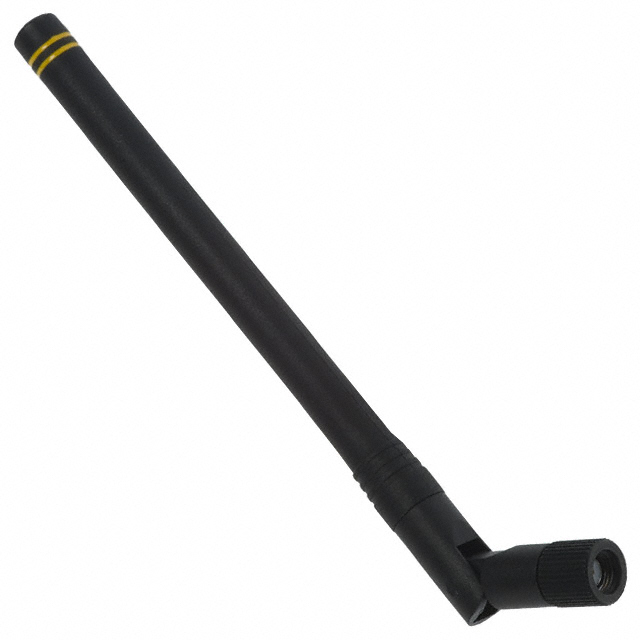I ship quite a few domestic packages and am a big fan of USPS Priority Mail service. I occasionally need to send packages overseas and at first glance, USPS Priority International service looks really good: low rates, reasonable delivery times, convenient shipping process. Unfortunately, the reality is different: their international shipping seems to be a disaster.
They estimate delivery to China at 6-10 days. The first package I sent took about 3 weeks. I shipped a second package 4 weeks ago; it reached China and cleared customs in 10 days, but then the tracking stopped. Maybe it will still get to its destination, maybe not, but I couldn’t wait any longer and had to ship a replacement (using a different carrier). USPS seems to lose all control over and visibility once they hand off to China Post.
What seems clear is that USPS International has no quality control. Even though their own tracking system shows the package long overdue, they do not automatically start a search…something any company concerned about quality would do automatically. To try to find the package, I started at the post office where I mailed it. I brought them the printed tracking history and showed them that they advertise 6-10 days and it had been 4 weeks. I was very polite and told them that I love USPS domestic priority shipping but can’t use USPS for international shipping if this is representative of the service. The agent said “I’m sorry you feel that way”….not “I’m sorry we lost your package” and told me to “call this number” (i.e. the human agent wasn’t going to help and as a representative of the organization, accepted zero responsibility for a service failure). This was two quality-control problems: 1) a failure of employees to act as representatives of their company and 2) a disinterest in finding and understanding quality problems in order to improve processes.
A company that doesn’t care about quality creates obstacles to reporting problems. Unsurprisingly, when I called the number, I encountered an automated system designed to maximize customer frustration: it demands you enter a tracking number but won’t accept international tracking numbers and refuses to connect you with a human unless you provide a tracking number it likes. Eventually, by trying different menu paths, I reached a human who took down gobs of information and told me I could call back in 35 days if they didn’t find the package. So after 2 months, I might have the opportunity to spend more time filling out extensive paperwork and finding detailed shipping evidence to recover the shipping cost – of a package that their own tracking system shows that they lost.
That’s not going to happen, of course, I’m simply not going to use USPS for international shipping again and will share the experience with friends to save them from going through the same trouble. That’s what bad quality control does: it causes companies to lose business. I sent a replacement for the lost package via FedEx; it cost significantly more, but like UPS, DHL, and other big-boy shipping companies, they will track the package from start to finish and take responsibility for actually getting it there. USPS domestic shipping is wonderful, but if they want to compete in the international shipping world, they need to get their act together and start paying attention to quality.




